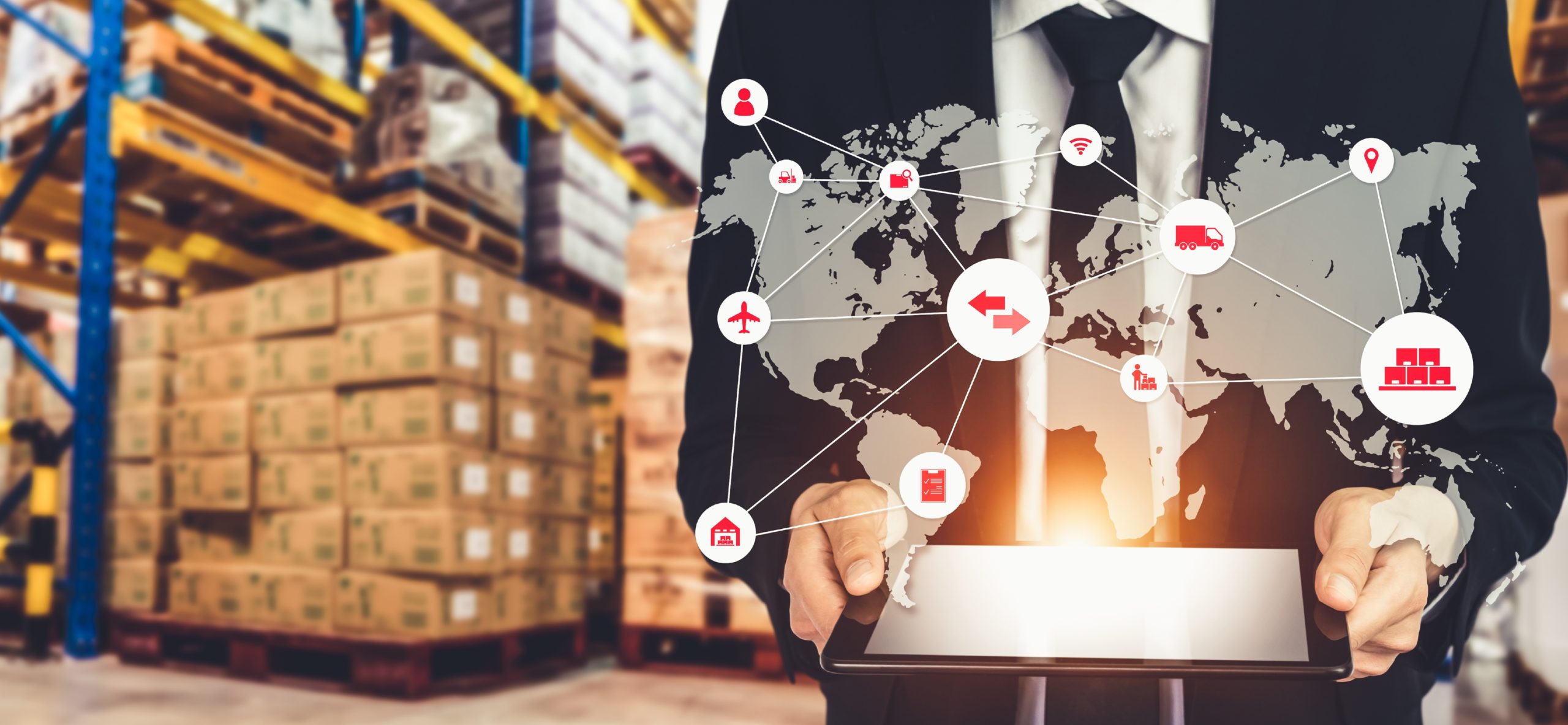Summary
Russia is rapidly transforming the global agricultural trade landscape with ambitious plans to increase exports 1.5-fold to $55 billion by 2030. Through strategic market diversification, digital innovation, and infrastructure development, Russia is challenging traditional agricultural powerhouses while expanding its influence across Asia, the Middle East, and Africa. This shift could significantly impact global trade dynamics and create new opportunities in the agricultural commodities market.
The Rise of a New Agricultural Powerhouse
While global attention has been focused on potential U.S. trade policy shifts, a significant transformation is occurring in the global agricultural market. Russia, already the world's leading wheat exporter with substantial market share in corn and sunflower trade, is actively working to reshape the international agricultural trade landscape.
Deputy Agriculture Minister Sergei Levin recently revealed President Vladimir Putin's ambitious target: boosting agricultural exports 1.5-fold to reach $55 billion by 2030 compared to 2021 levels. This isn't just an ambitious goal – Russia is already making substantial progress toward achieving it.
Strategic Market Diversification
Russian exporters are implementing sophisticated strategies to expand their global footprint:
- Digital Innovation: Companies like Baltika have launched 11 new online stores on Chinese platforms, with plans to establish a trading house in Shanghai
- Physical Presence: Three Russian companies have set up offices in Dubai, focusing on seafood and other agricultural products
- Market Expansion: Success in unexpected markets like Thailand, with companies such as Kuban-Vino, Makfa, and Progress establishing strong presence
- New Trade Routes: United Grain Company has pioneered grain shipments to Malaysia, while Grain Gates has established routes to Ghana, Mali, and Peru
Current Performance and Growth
The results of these initiatives are already evident:
- 10% increase in agricultural product volume in 2024
- Processed product exports up 5.2% to $4.3 billion
- Pasta exports increased 1.5-fold
- Wheat flour exports up 7%
- Processed product exports to China grew by 22%
Government Support and Investment
The Russian government is backing this agricultural expansion with substantial support:
- Over 10 million rubles allocated in farming subsidies
- 300 billion rubles offered for agriculture development in 2024
- Focus on production and processing of agricultural products
- Support for infrastructure development and export capabilities
Impact on Global Markets
Russia's growing influence is particularly notable in key markets:
- Emerged as a leading exporter of pulses to India, Pakistan, and China
- Became the primary source of peas for the Chinese market
- Established significant presence in lentils and yellow peas trade to India
- Potential expansion into pigeon peas and black matpe exports
Conclusion
Russia's strategic push into global agricultural markets represents more than just an expansion of trade – it signals a fundamental shift in global agricultural commerce. For traders, investors, and market participants, this transformation presents both challenges and opportunities. The combination of government support, market diversification, and digital innovation suggests that Russia's influence in global agricultural trade will continue to grow, potentially reshaping traditional trade relationships and creating new market dynamics.
As we move forward, understanding and adapting to Russia's expanding role in global agricultural trade will be crucial for success in the international commodities market. Market participants should closely monitor these developments and consider how they might impact their trading strategies and market positions.
